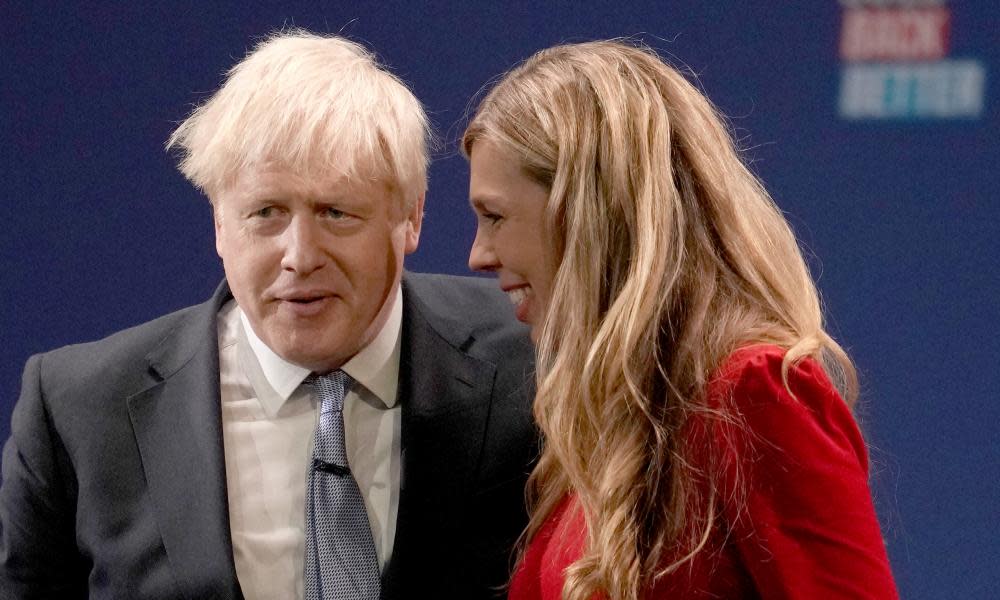Sue Gray report: five unanswered questions about No 10 parties

After almost six months of media reports, a police investigation and a two-part civil service inquiry, Downing Street hopes Sue Gray’s report has closed the book on the saga of lockdown-breaking parties in No 10. But Gray’s 60 pages of findings leave several questions unanswered:
Why did Gray not investigate the Downing Street flat event?
This is, more specifically, two questions. The first is what happened on the evening of 13 November 2020, after the departure of key aides Dominic Cummings and Lee Cain, when Boris Johnson, his wife, Carrie, and others decamped to the Downing Street flat, where food and alcohol was consumed. No 10 says this was a work meeting, others argue it was clearly a party. The full truth is not known.
That leads to the second issue: why Gray chose not to look into the flat gathering. In her report, she said this was because, first, the Metropolitan police examined it, and then, it was “not appropriate or proportionate” for her to investigate further. This does not seem to make sense given Gray did look into other events investigated by the Met, prompting concerns Downing Street may have leant on her.
How did Johnson not know what was happening?
This is less of a question for Gray than one that necessarily follows from her report. As well as the extent of lockdown socialising – 15 events on eight dates – there is also the issue of the scale and premeditation. For the “bring your own booze” garden party on 20 May 2020, organised by Johnson’s then principal private secretary, Martin Reynolds, invitations were sent to about 200 staff. Johnson turned up to that and was present at seven other events detailed in the report. The prime minister’s defence that he either did not see what was happening, or else attended but did not think it was a social event, feels implausible.
How did Johnson get away with one fine?
This was a question already raised at the end of the Met police inquiry last week, when Johnson received a fixed-penalty notice for the gathering on his birthday in June 2020, but not for other events he attended, for which others were penalised. But Gray’s report, with its pages of detail about drunken staff, spilled wine, karaoke machines and inebriated scuffles, sets out a wider context of apparent mass illegality. The Met agreed, issuing 126 penalty notices. How Johnson escaped with one remains a mystery.
How much leeway did Gray have in compiling her report?
While the inquiry was repeatedly billed by ministers as independent, Gray is a Cabinet Office civil servant ultimately managed by Simon Case, the cabinet secretary, among those named in the report, and then Johnson. As well as the implicit pressure on her to pull punches, questions remain about a meeting No 10 arranged between Johnson and Gray earlier this month, and whether pressure from Downing Street led to any scrutiny of the flat party being dropped.
How is Martin Reynolds still in a job?
The man now known to the nation as “Party Marty” is no longer principal private secretary. He works at the Foreign Office and is reported to be in line to become ambassador to Saudi Arabia – a place where organising “bring your own booze” parties would bring extra challenges. This is, however, a man mentioned 24 times in Gray’s report, who exchanged repeated messages about organising social gatherings despite warnings from other staff, remarking after one that we “seem to have got away” with it. It is fair to say that in most other settings, disciplinary proceedings would be well under way.

 Yahoo Movies
Yahoo Movies 
